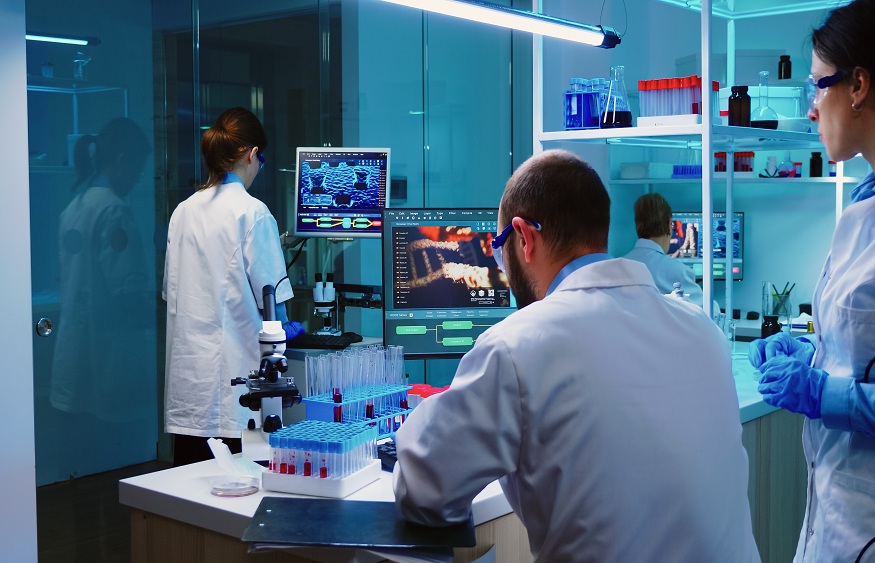Vascular disease affects network of blood vessels. These vessels can be veins, blood capillaries, or arteries. With vascular disease, you risk experiencing various health issues that happens because of insufficient or blockage of blood flow.
Ideally, vascular disease affects different blood vessels in the body. But mostly, doctors describe vascular disorder depending on diagnostic tests and symptoms. It is also possible to develop more than one type of vascular disorder. Examples of vascular disease you can develop are:
1. Stroke
Commonly known as brain attack, a stroke happens when blood vessel burst or blood clot interrupts the flow of blood to your brain. Lack of oxygen will eventually kill cells in the brain. Symptoms associated with this includes numbness on one side, vision changes, or trouble walking.
2. Pulmonary Embolism
PE (pulmonary embolism) happens when blood clots lodges in your arteries around the lungs. This clot of blood often forms in the veins of your arm, pelvic, or leg, which later breaks off and travels through your heart. Many people who die because of this condition do so between 30 and 60 minutes after experiencing symptoms, like coughing, sweating, shortness of breath, and chest pain.
3. Burger’s Disease
As a rare disorder, burger’s disease happens in medium and small veins and articles in the legs and arms. Usually, they swell and forms clots.
As a result, the blood supply to the feet, toes, hands, or fingers decrease. All these body parts can hurt even if you are resting. And if it’s serious, you can lose your toes or fingers.
4. Varicose Veins
These are enlarged and swollen veins. They are common in patient’s legs but may affect other body parts. They occur when valves in your veins weaken, making blood to expand and pool.
Varicose veins, which develop near the skin surface are visible and may appear enlarged and twisted. In some cases, they are painful but not in other situations.
5. Venous Disease
Basically, veins are hollow and flexible tubes with a flap inside, referred to as valves. When muscles contract, these valves open, letting blood to move through the veins.
When muscles relax, valves relax, too, to make blood flow in just one direction. If valves in the veins get damaged, they don’t close completely – meaning the blood will flow in two directions.
6. Fibromuscular Dysplasia
Commonly known as FMD (fibromusclar dysplasia) is a condition that makes arteries to grow and develop abnormal cells. This abnormal growth of those cells causes some parts of arties to enlarge, tear, or narrow.
Its symptoms vary based on how it impacts the arteries or where the conditions occurs. Mostly, FMD affects arteries that supplies the brain and kidneys with blood.
If you are diagnosed with vascular disorder or have risk factors, which may result in the condition, it would be best to follow the right steps to avoid it from worsening or developing. Even with serious symptoms of vascular disorder, you can still manage the condition and avoid further complications. With the help of your healthcare provider you can manage the condition and recover from the condition’s effects.





